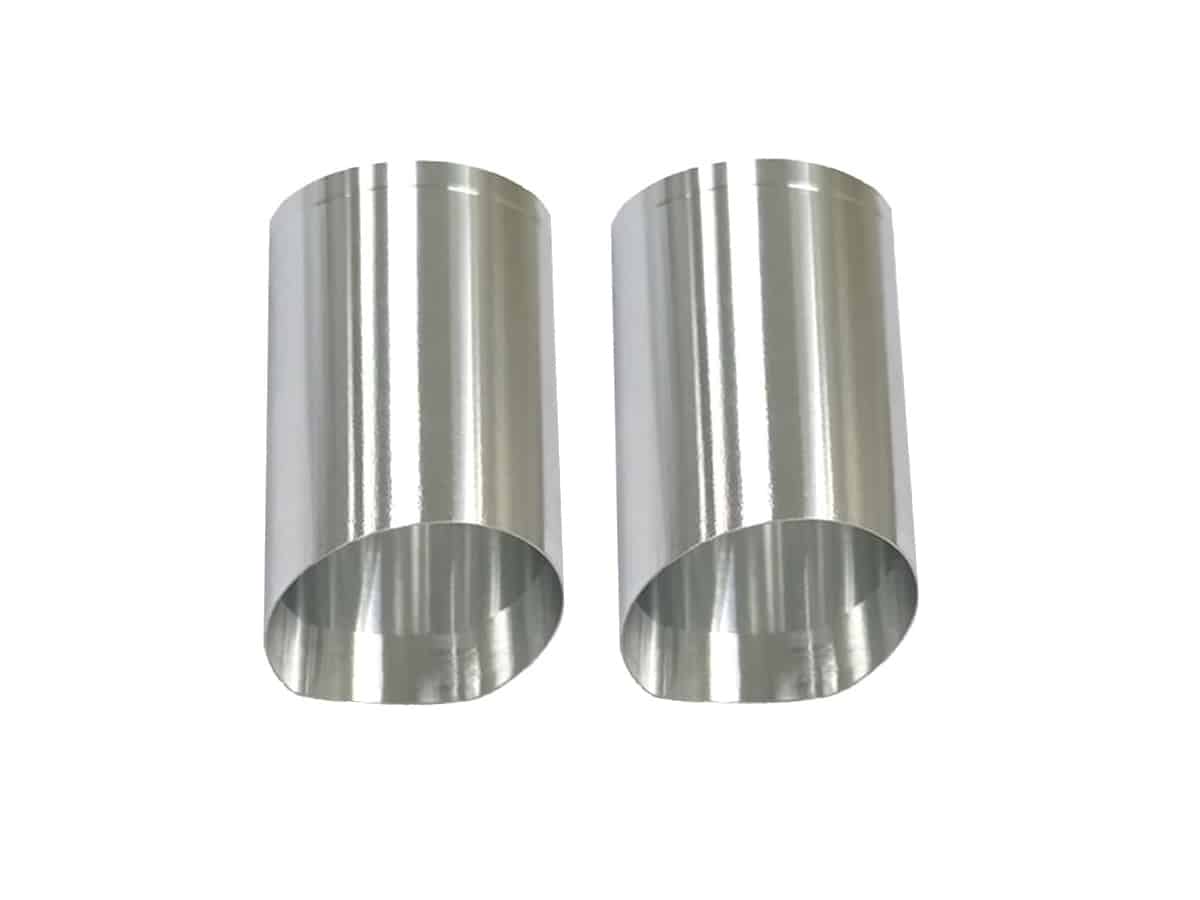- Joined
- Jun 16, 2018
- Messages
- 91
I have a 850 mk2a which has a close ratio box , Norvil belt drive, clip ons, PW3 cam fitted recently by Norman White ,
when i asked Norman to carry out the work on a perfectly good motor he said you know this is an 850 not a 750..
by this i knew what he was saying that the 750 responds better to tuning than the 850 , whilst i get a fair bit more mid range grunt it strugglrs to pull more than 6000 rpm in top.... what do others rev out to and see at the top end ?
Colin
when i asked Norman to carry out the work on a perfectly good motor he said you know this is an 850 not a 750..
by this i knew what he was saying that the 750 responds better to tuning than the 850 , whilst i get a fair bit more mid range grunt it strugglrs to pull more than 6000 rpm in top.... what do others rev out to and see at the top end ?
Colin

